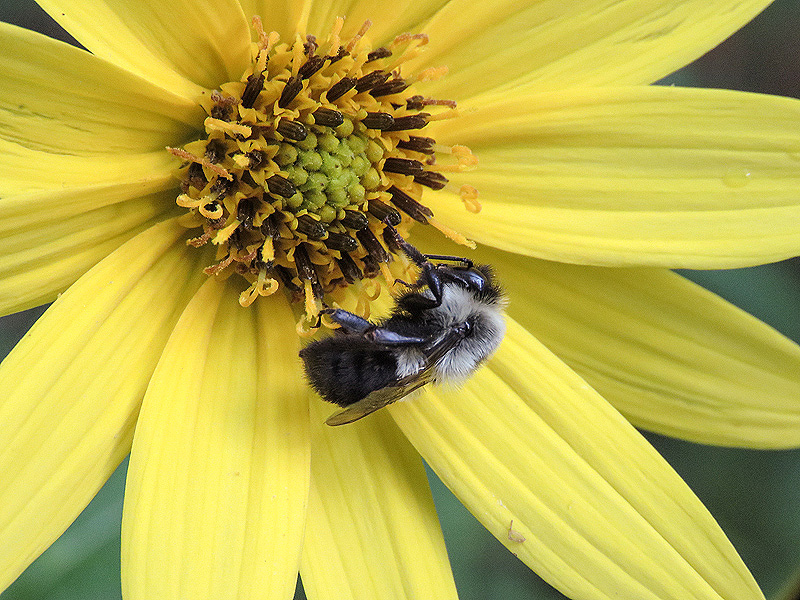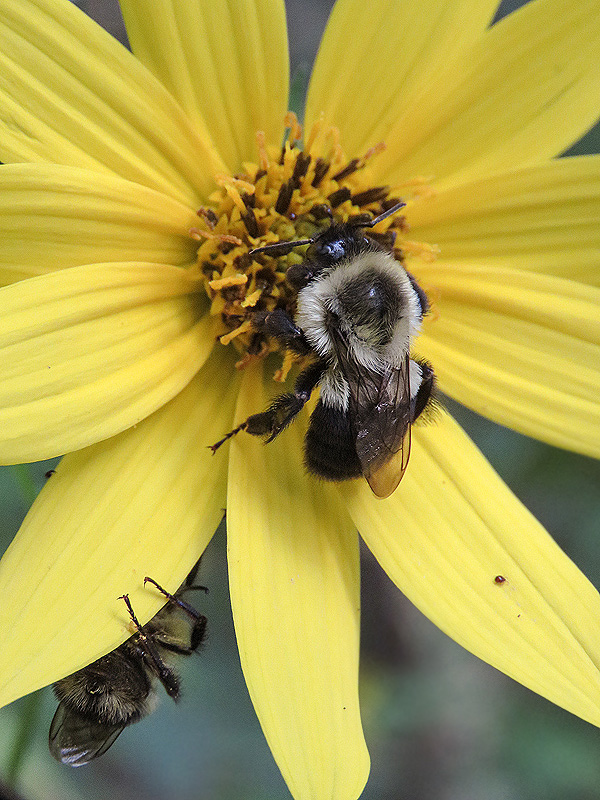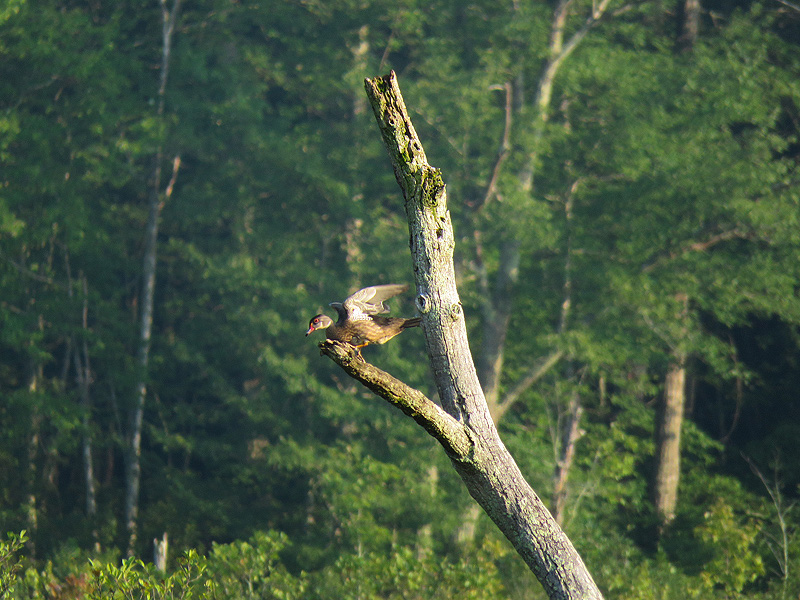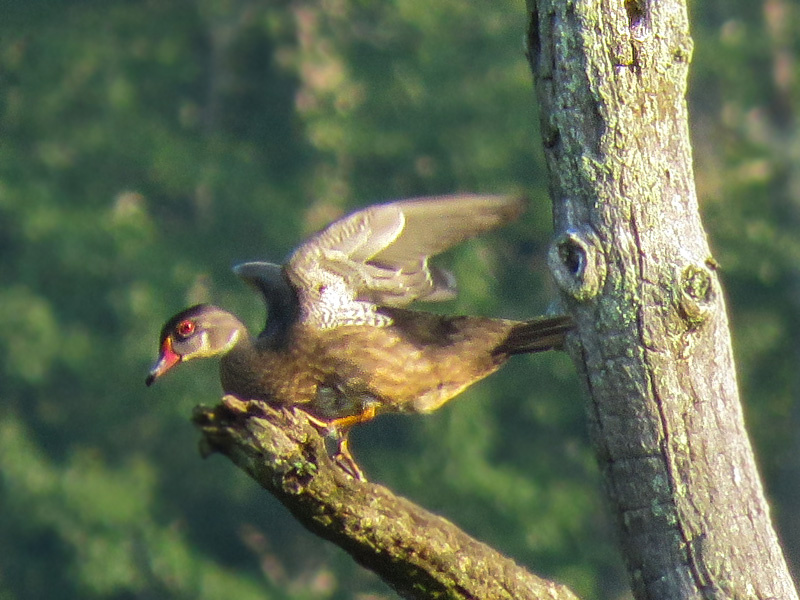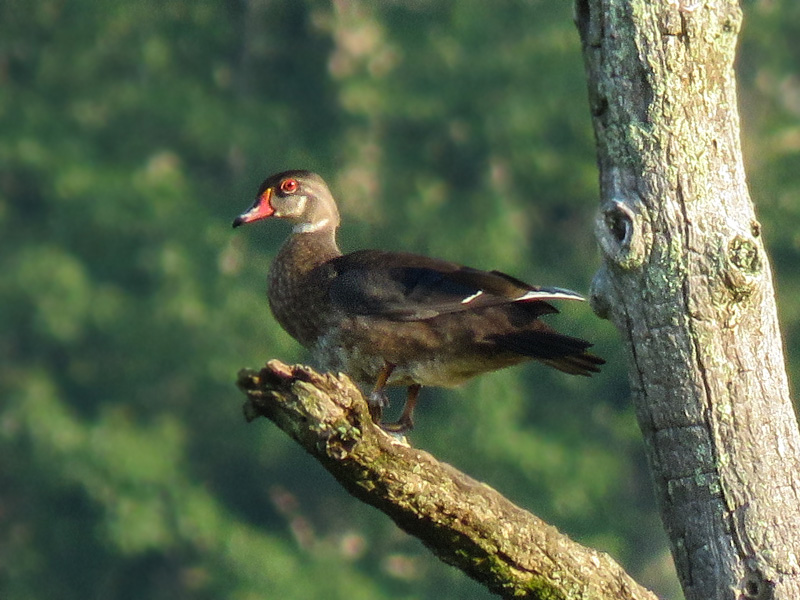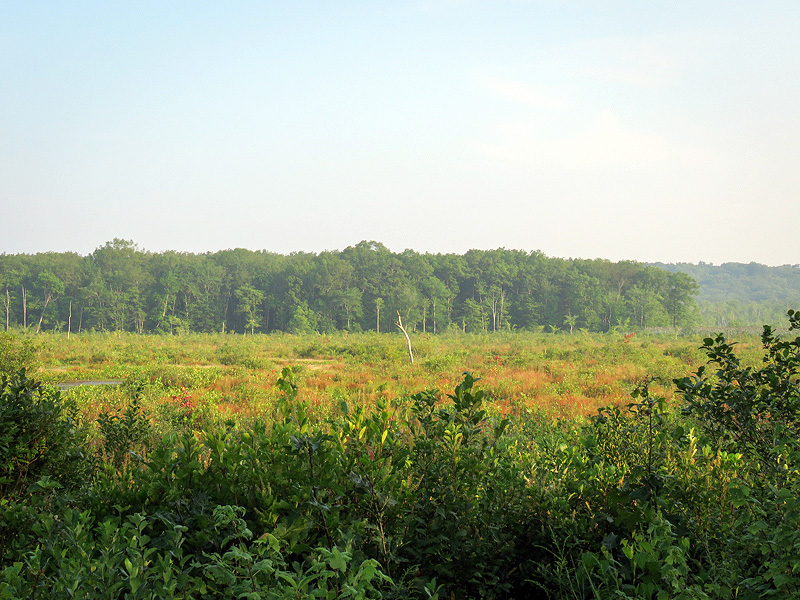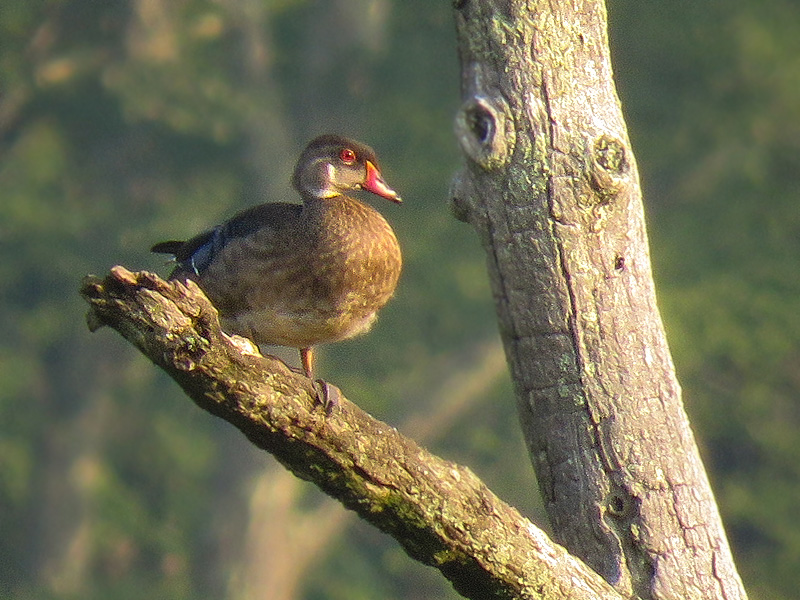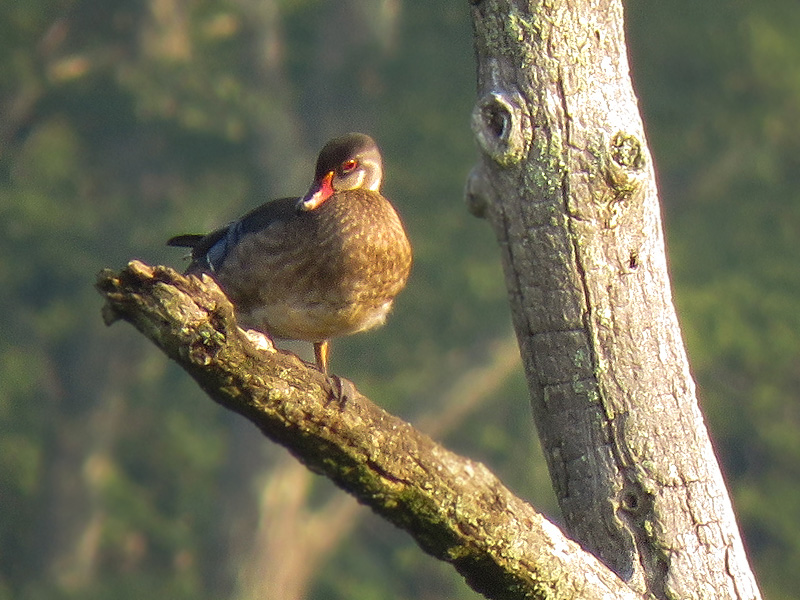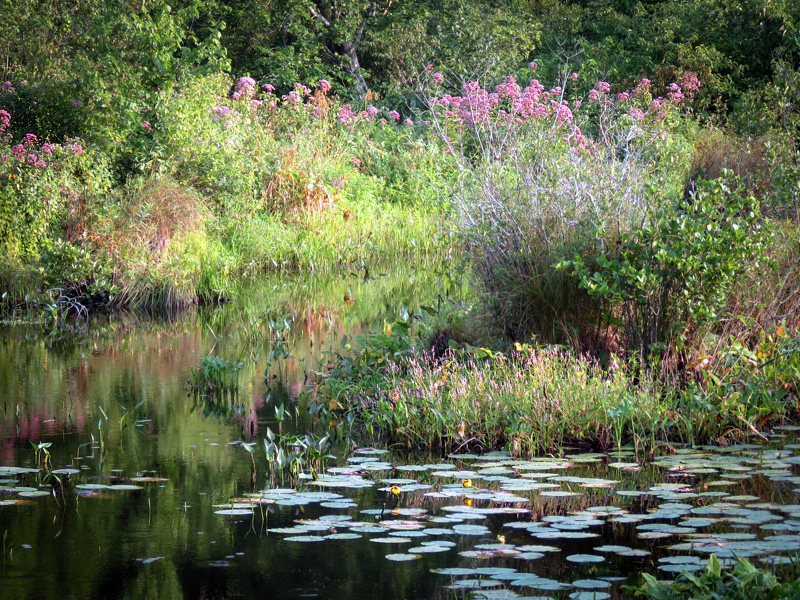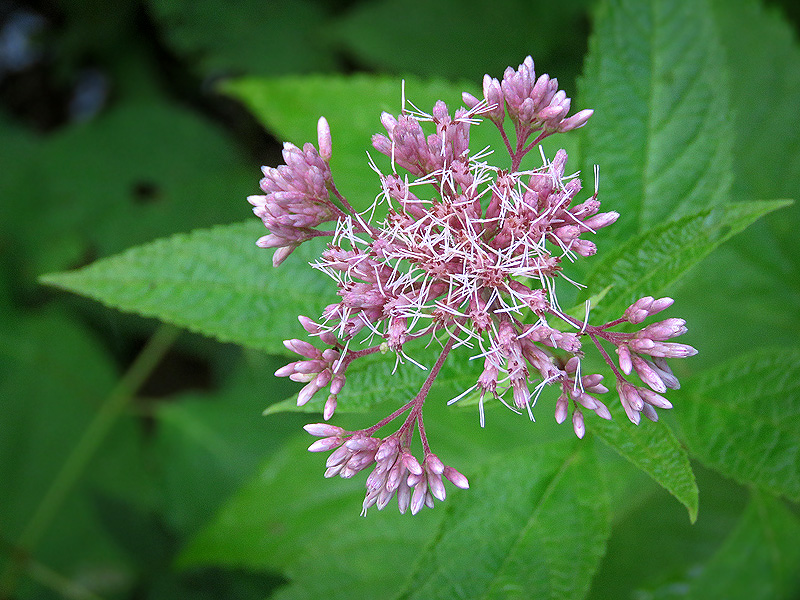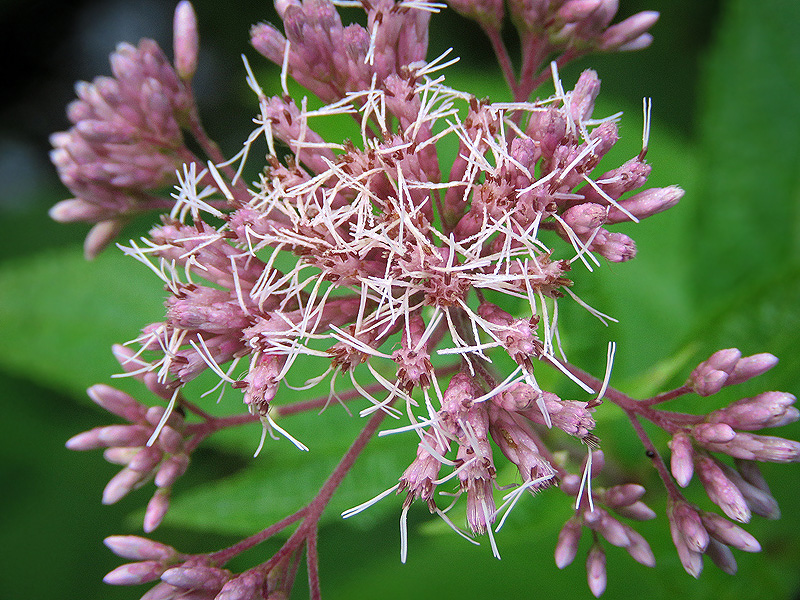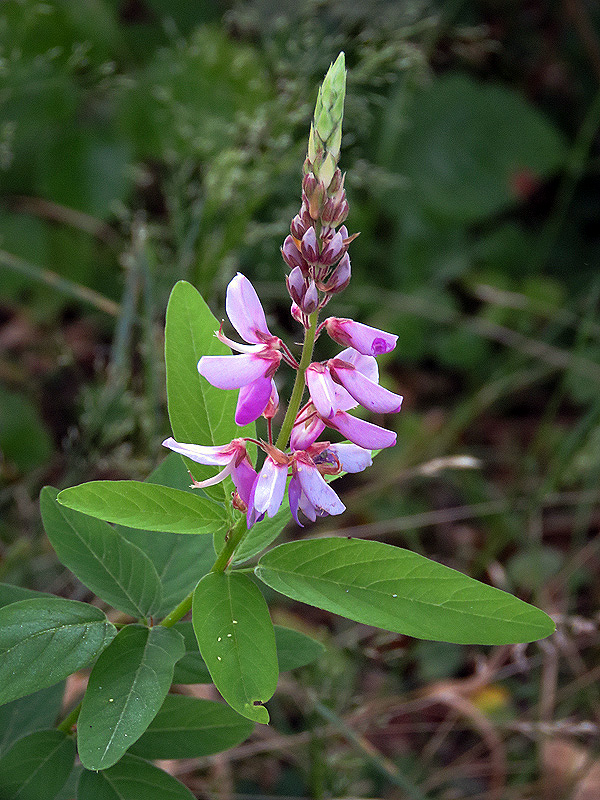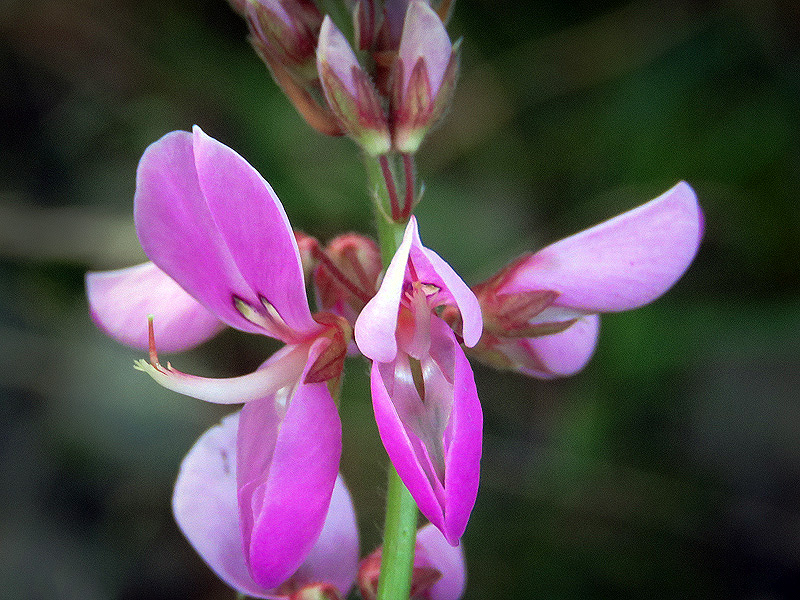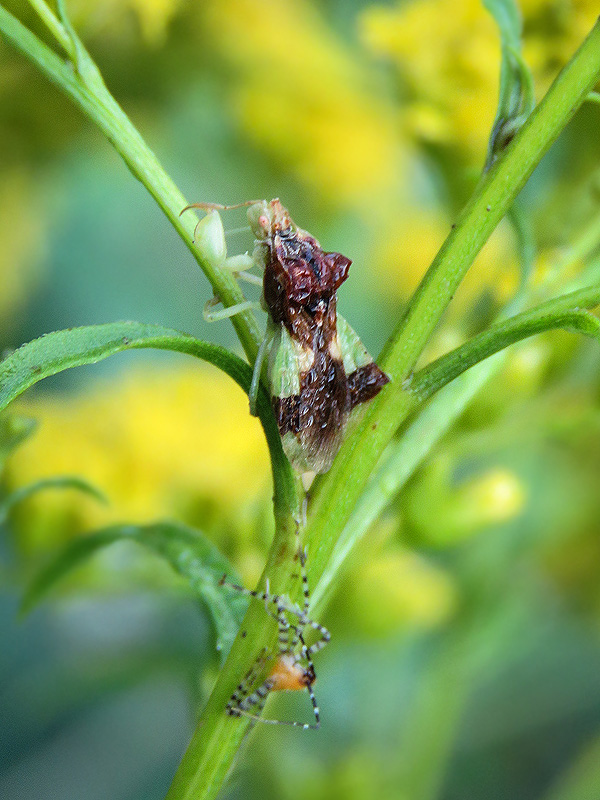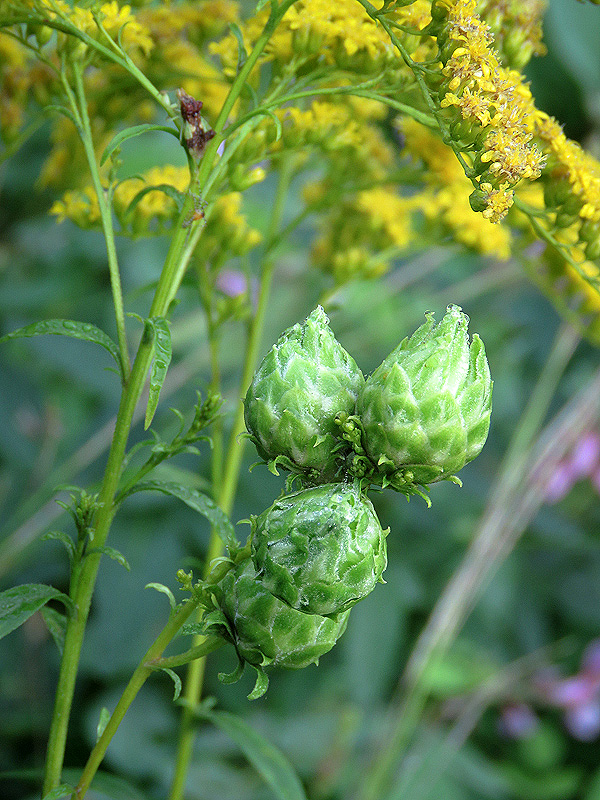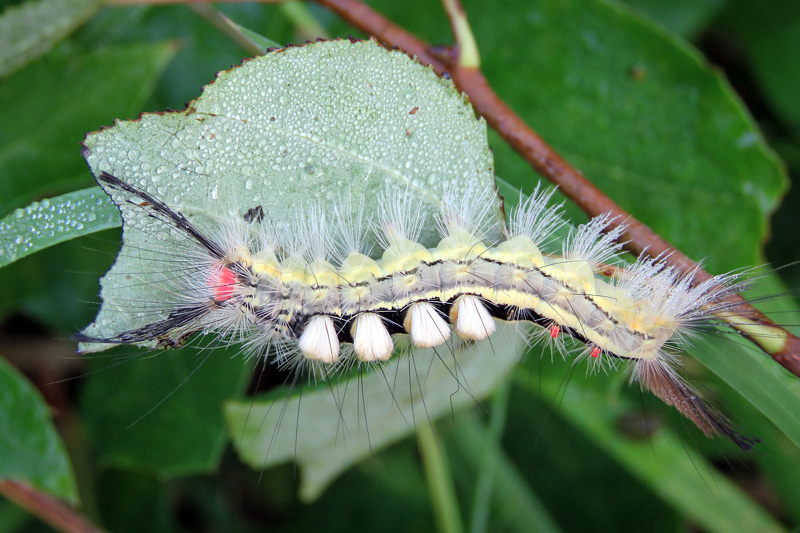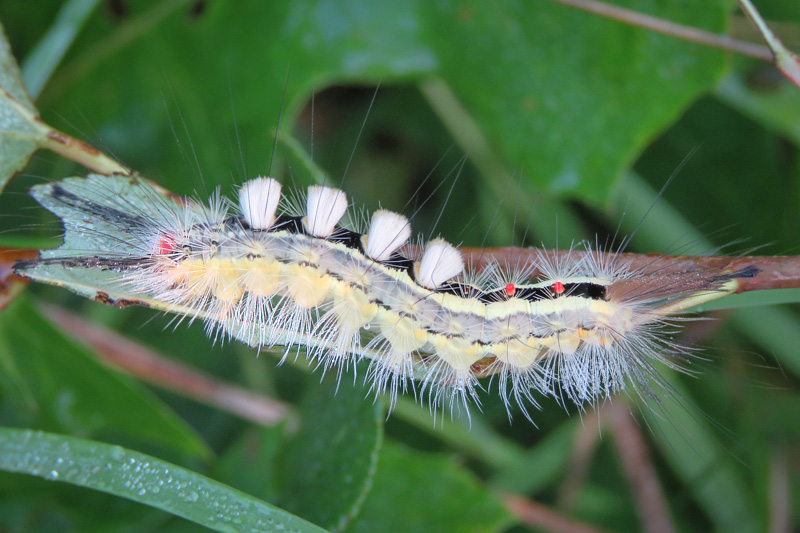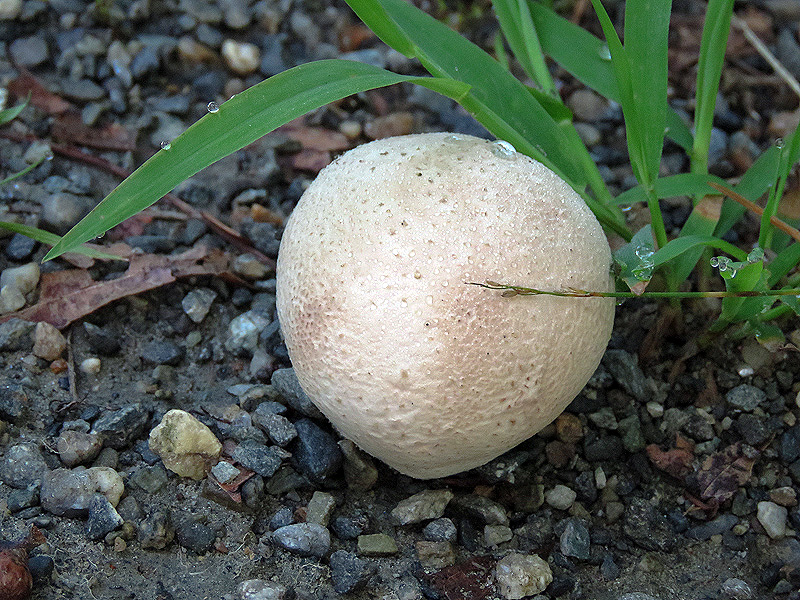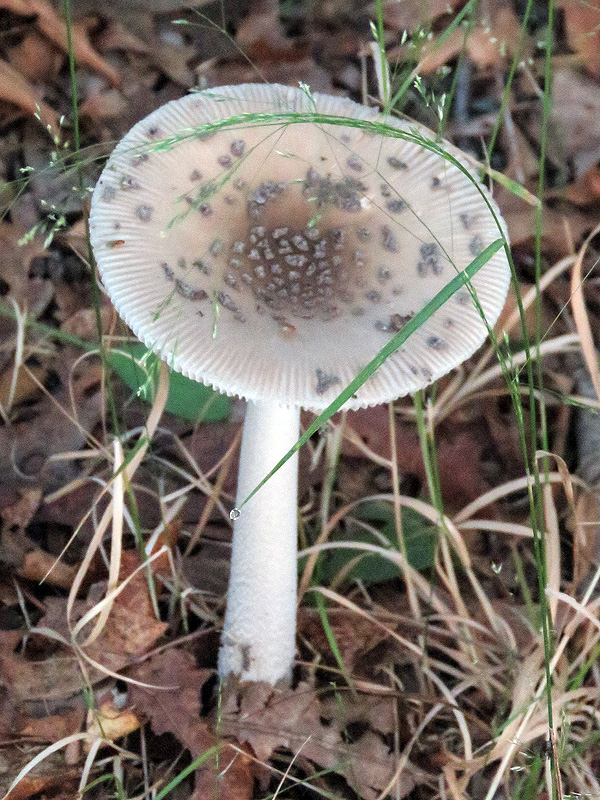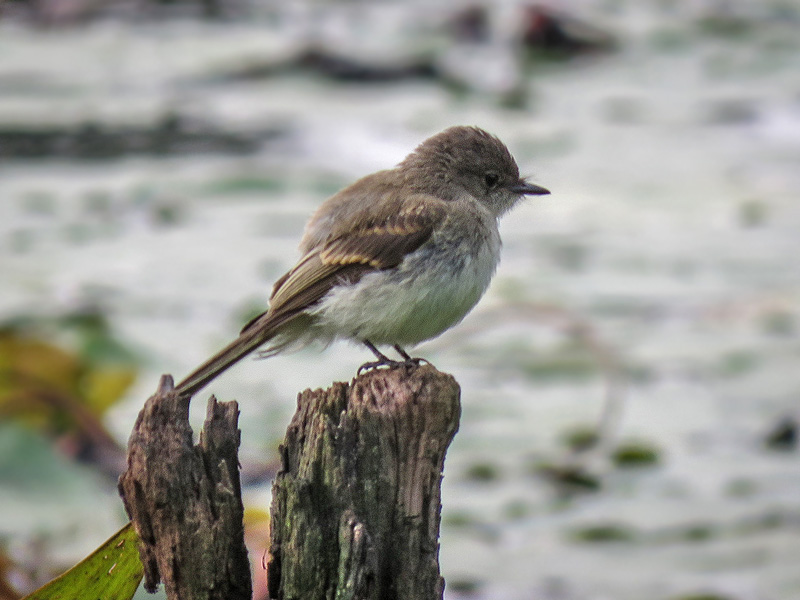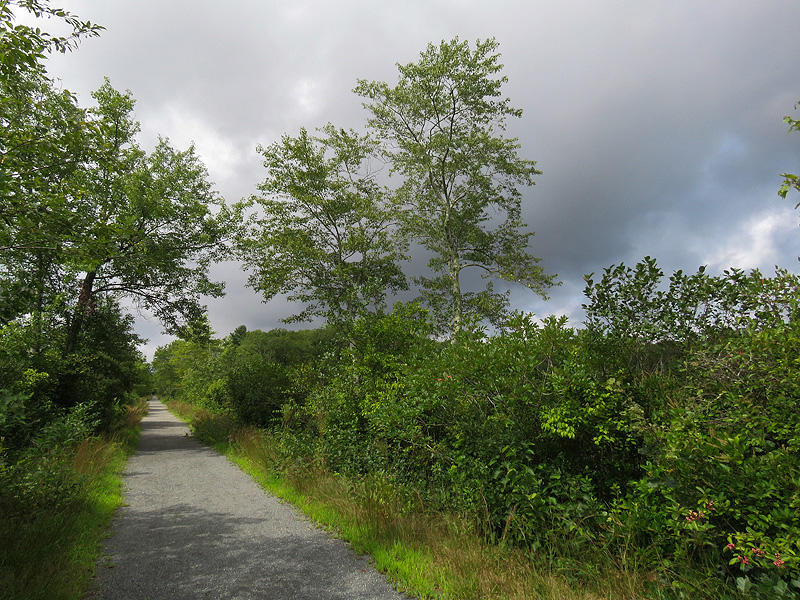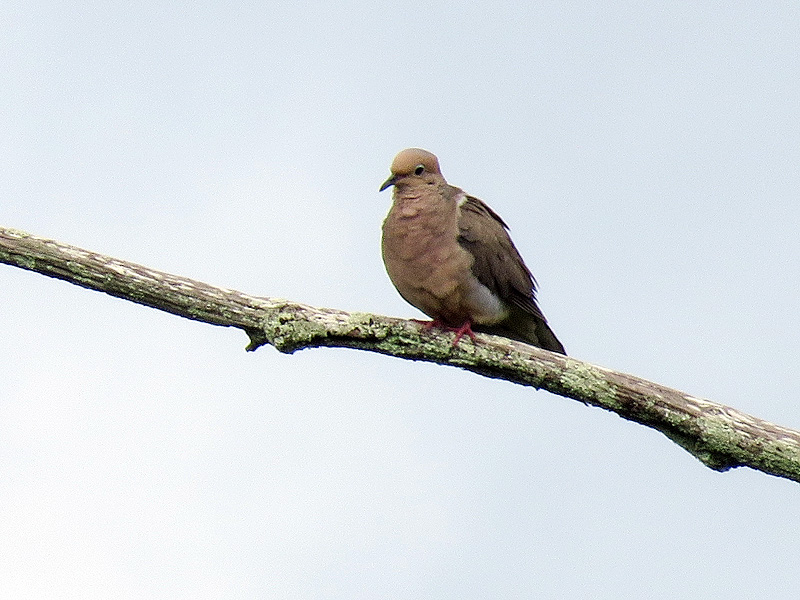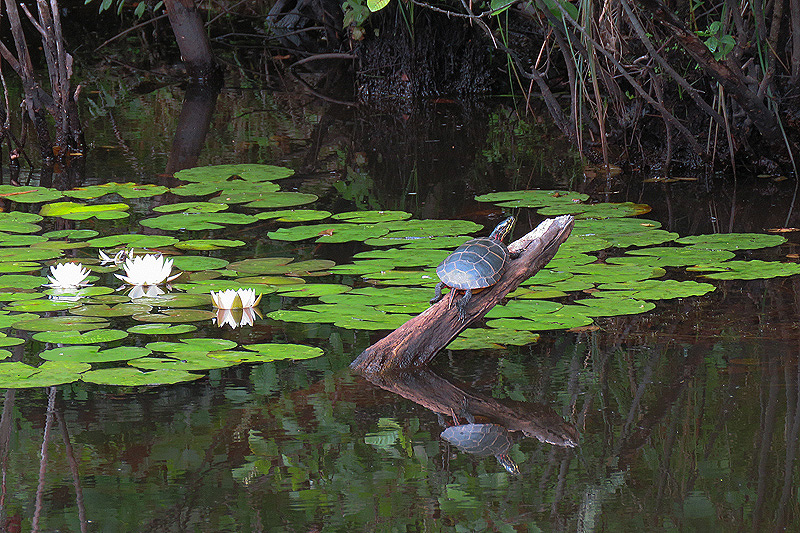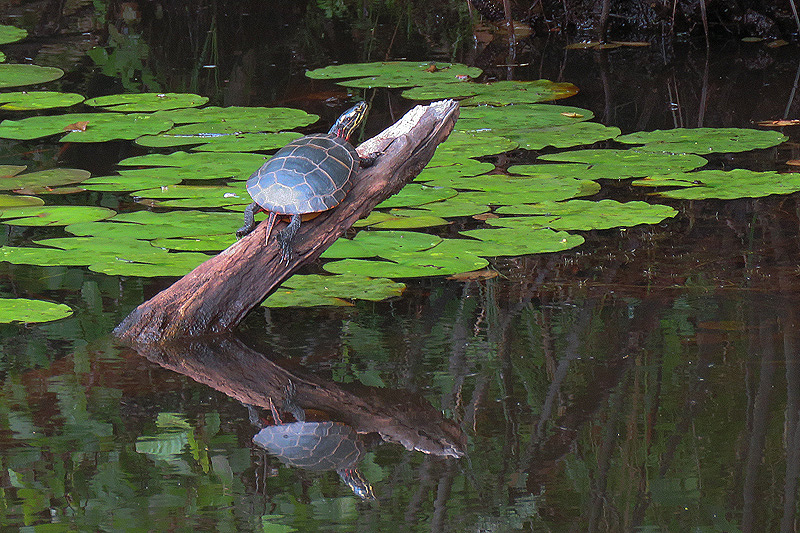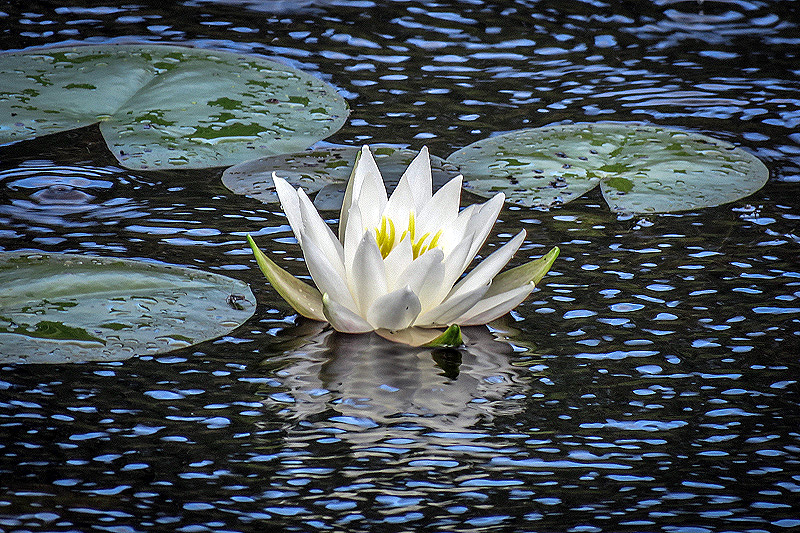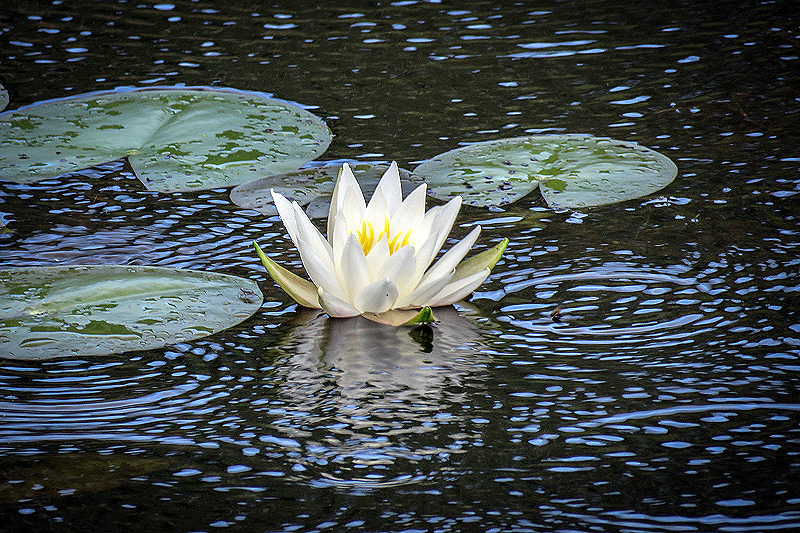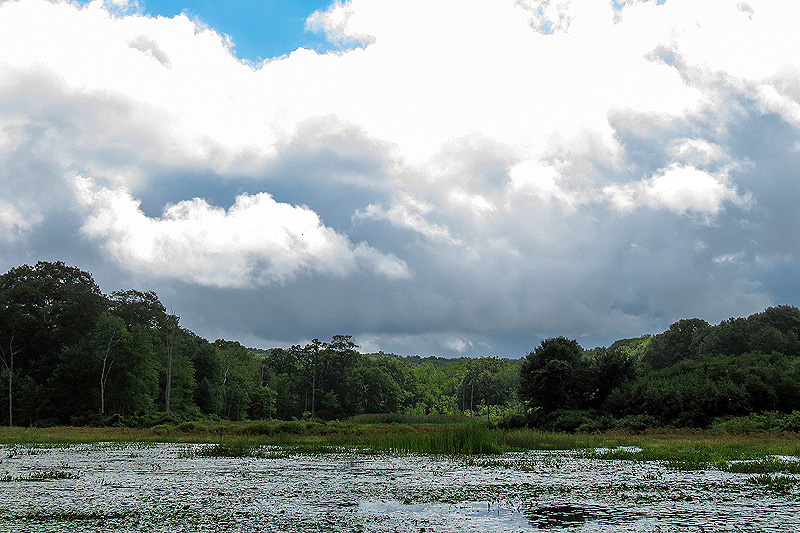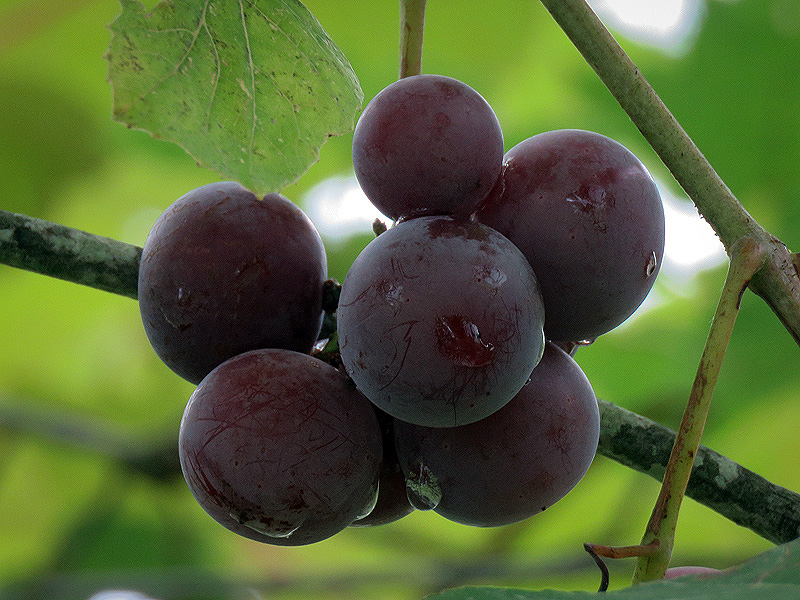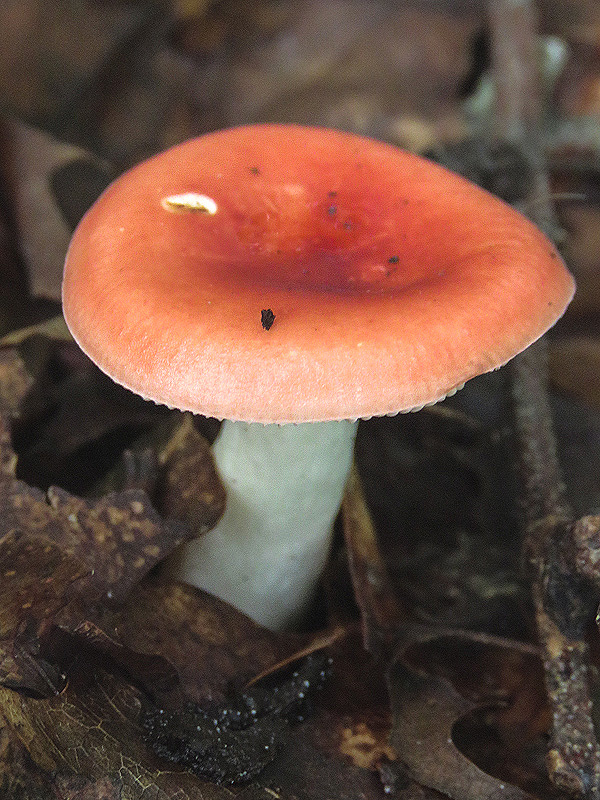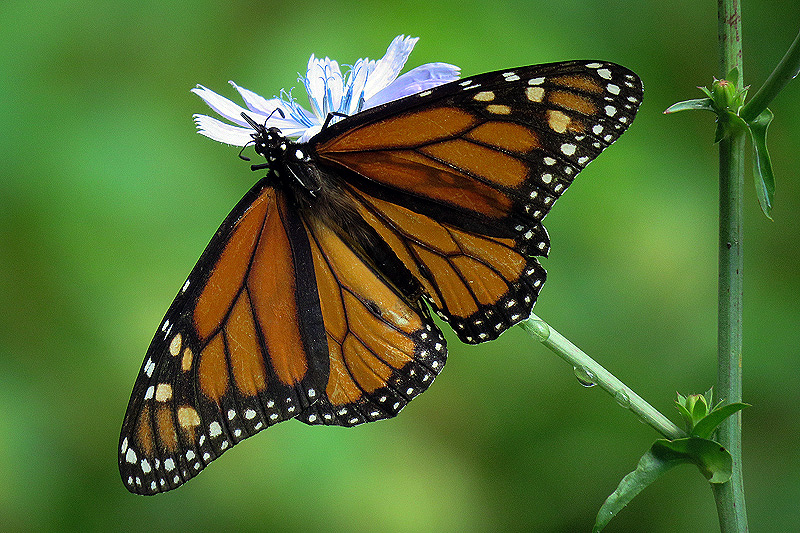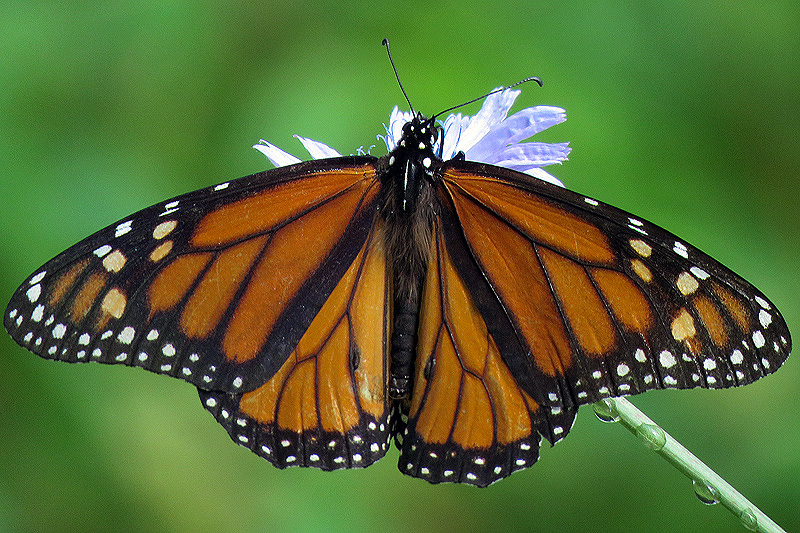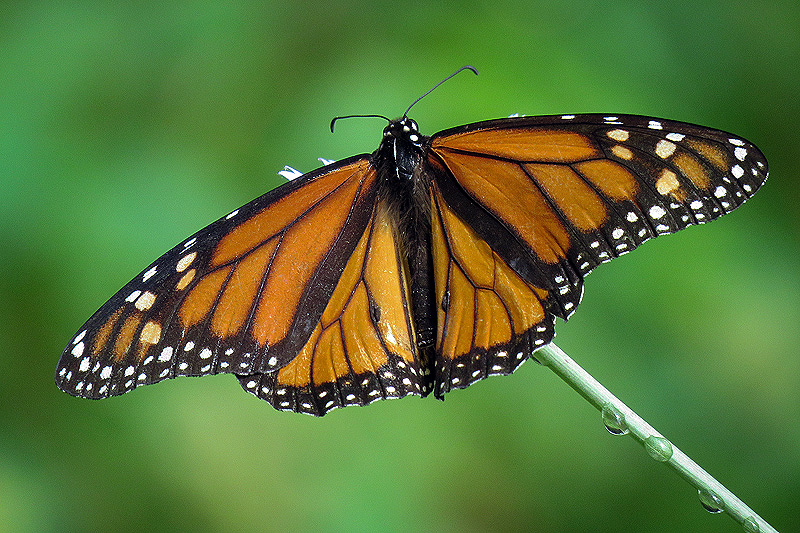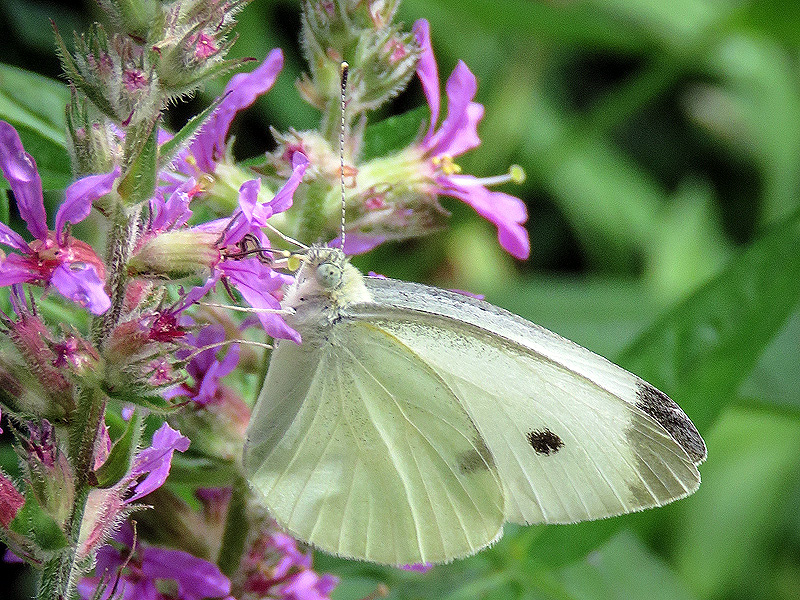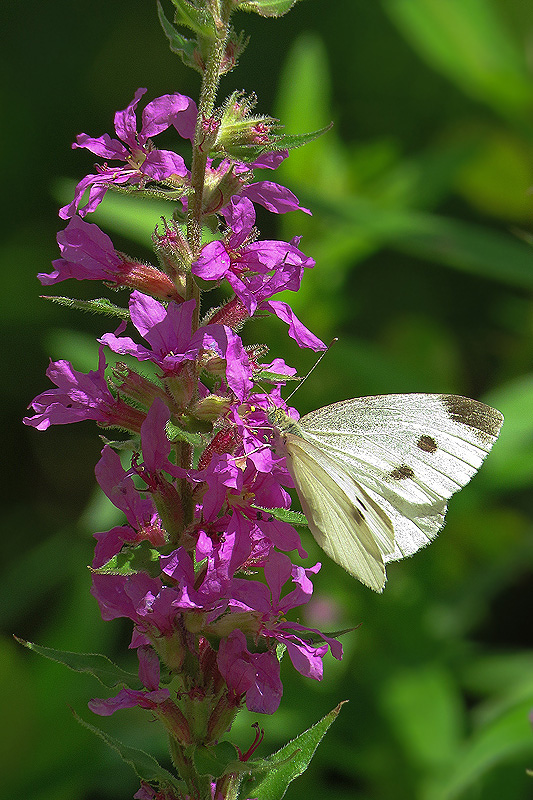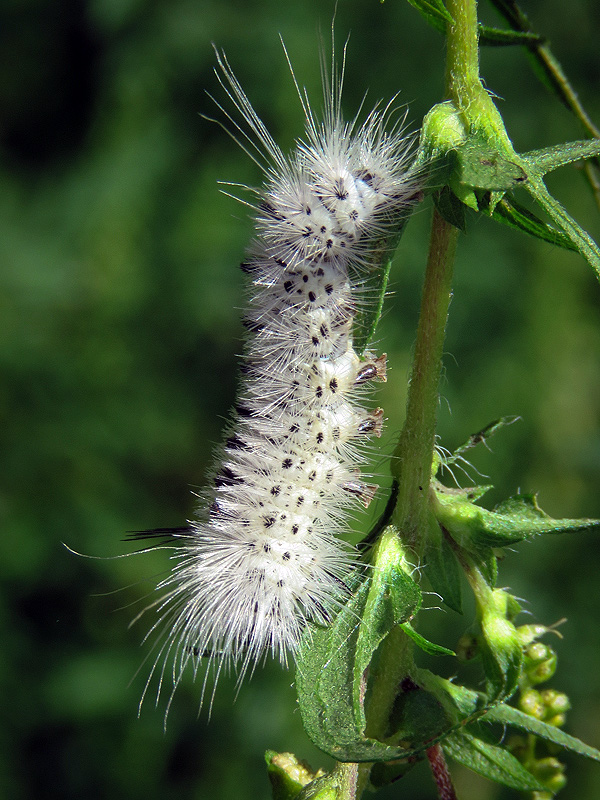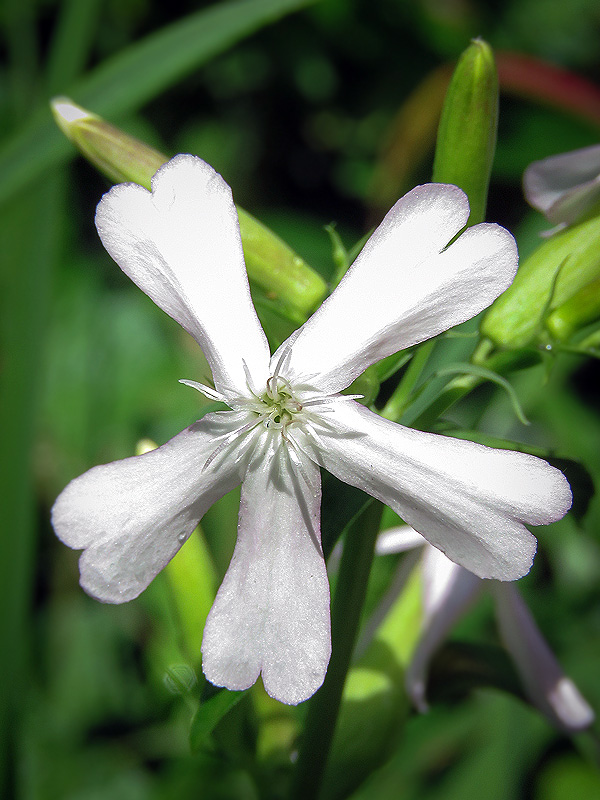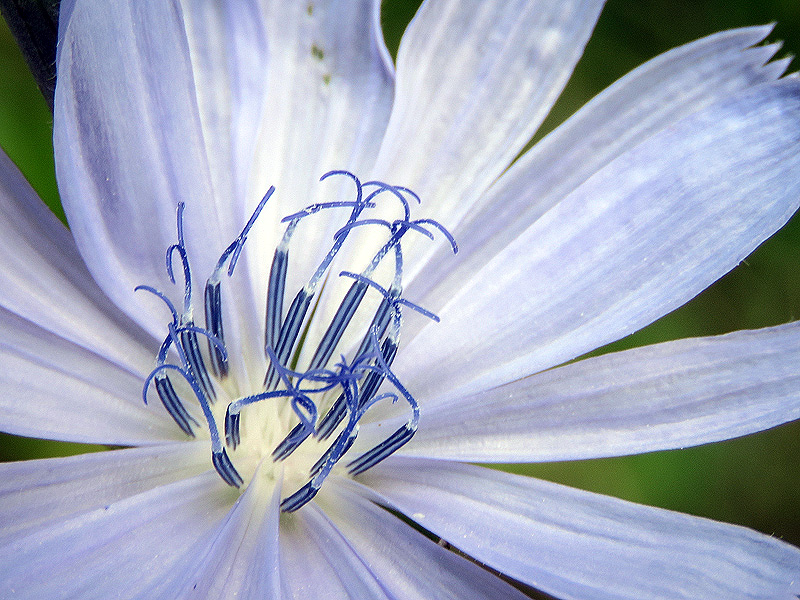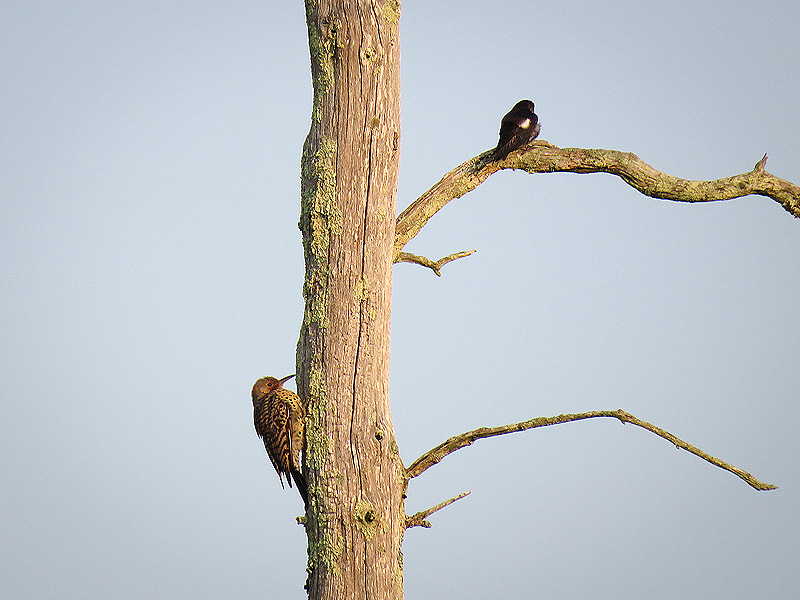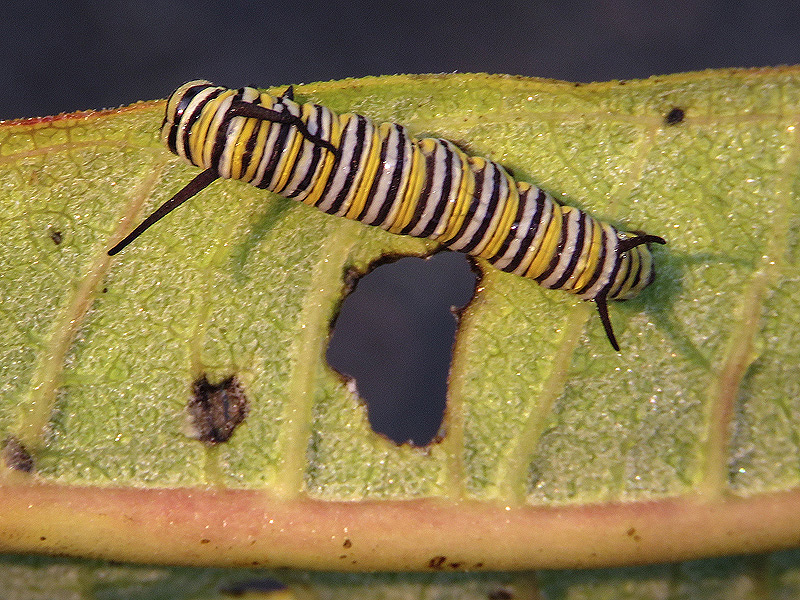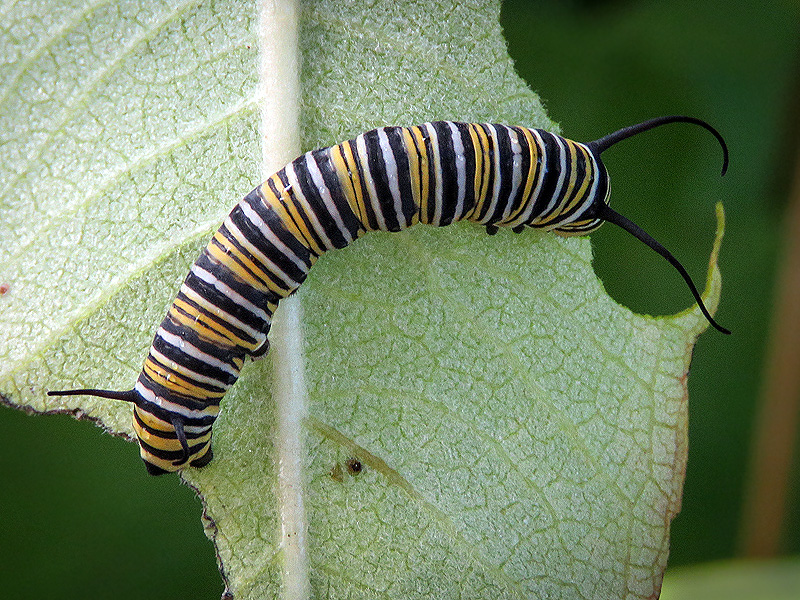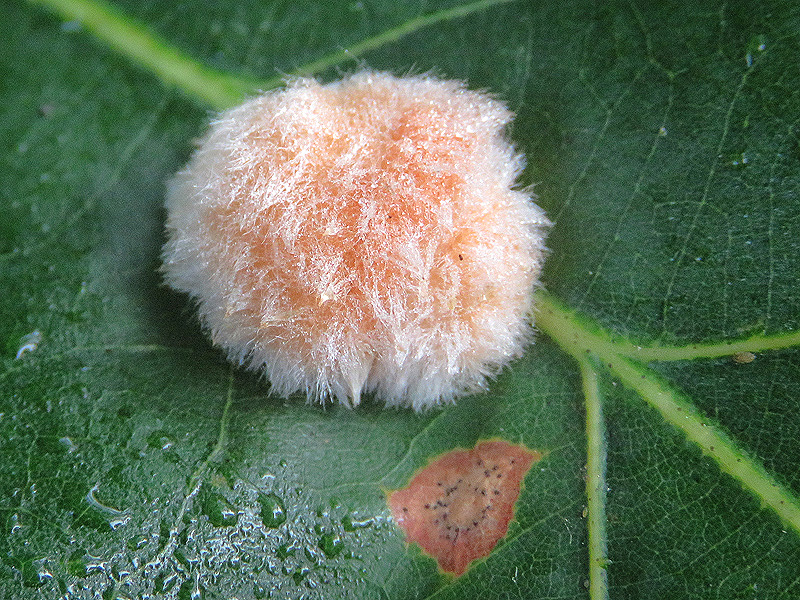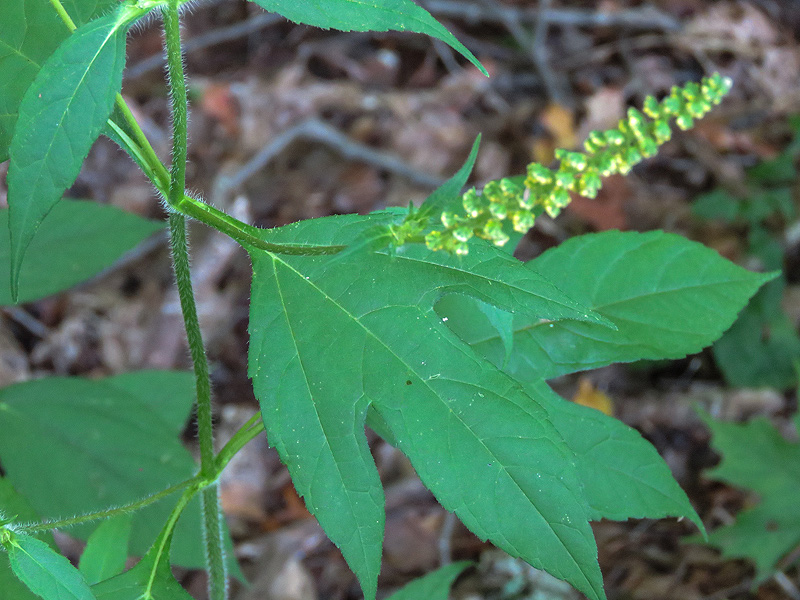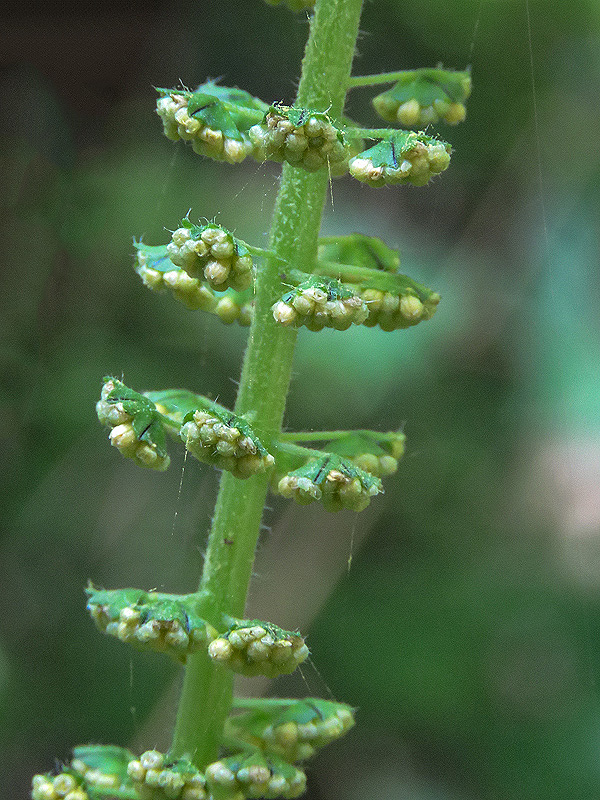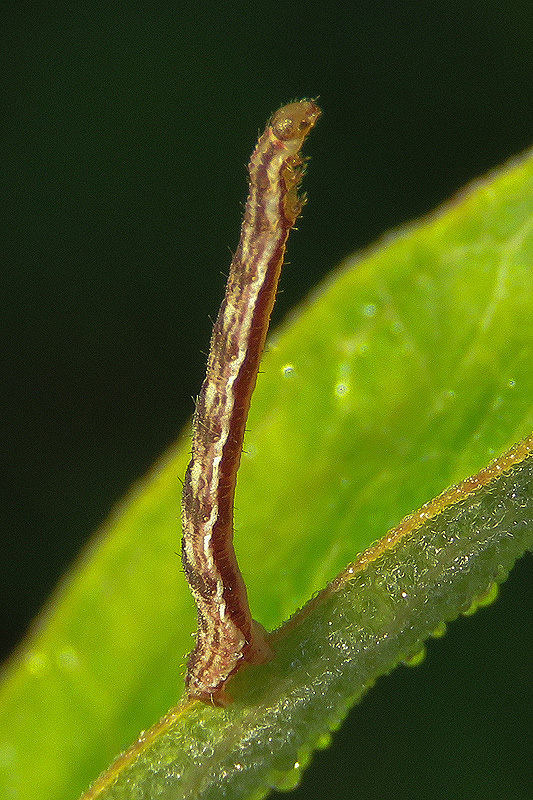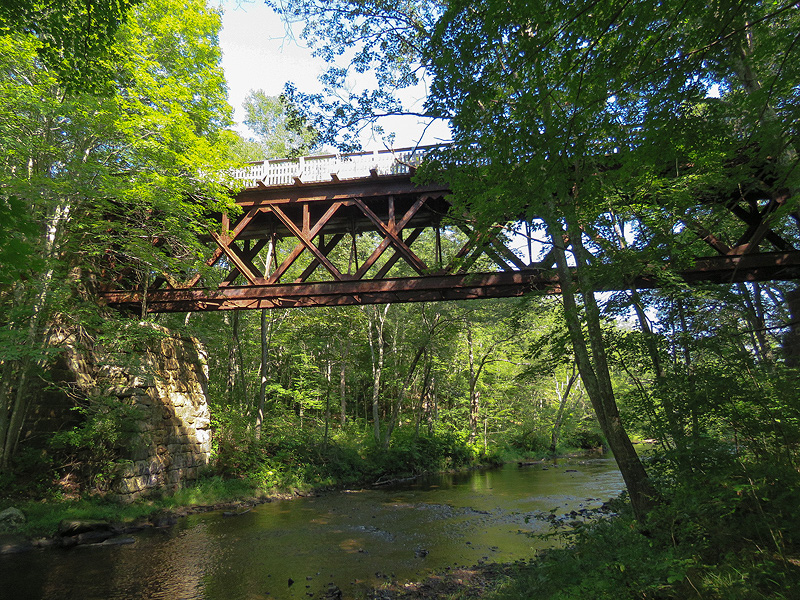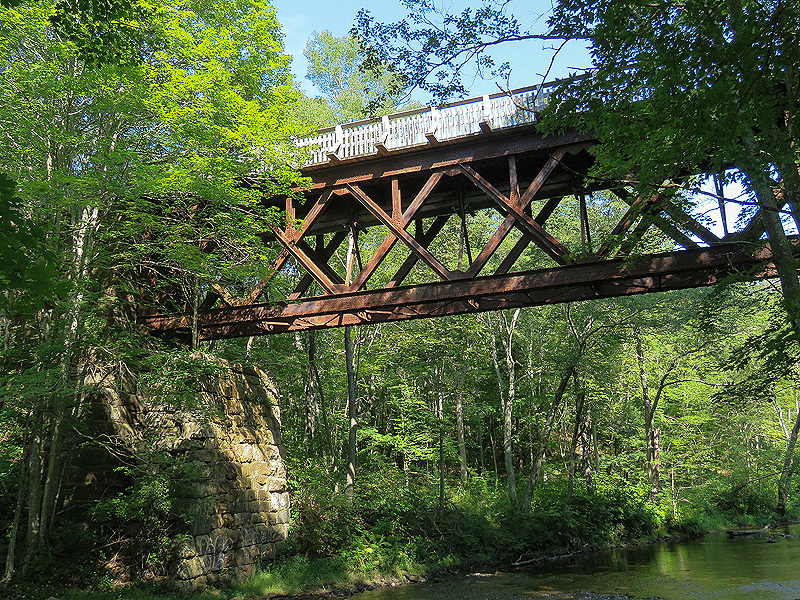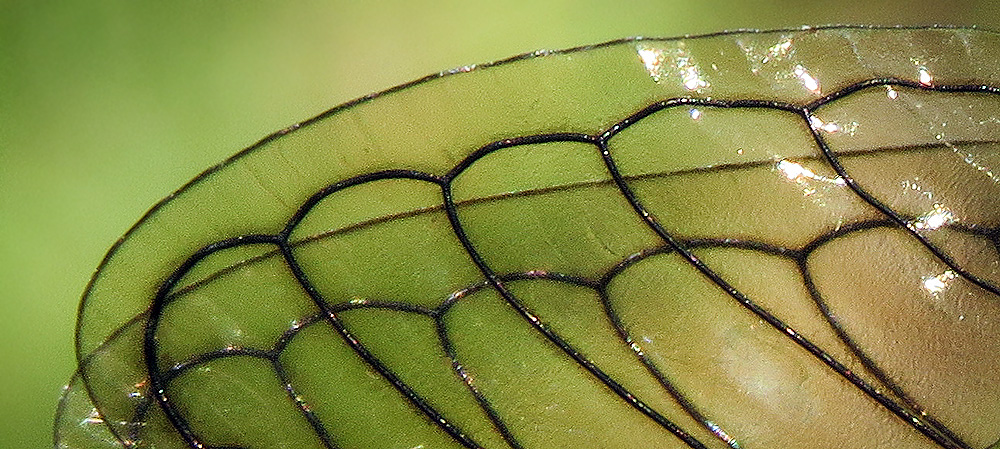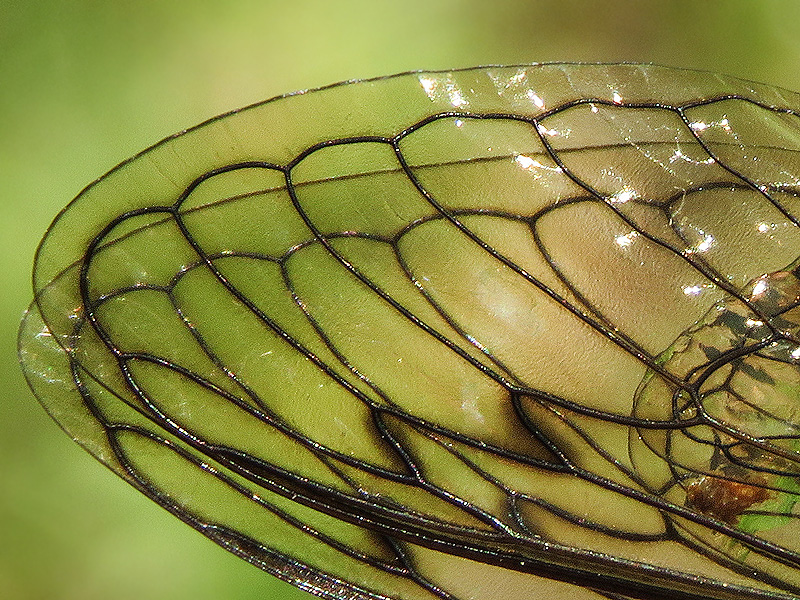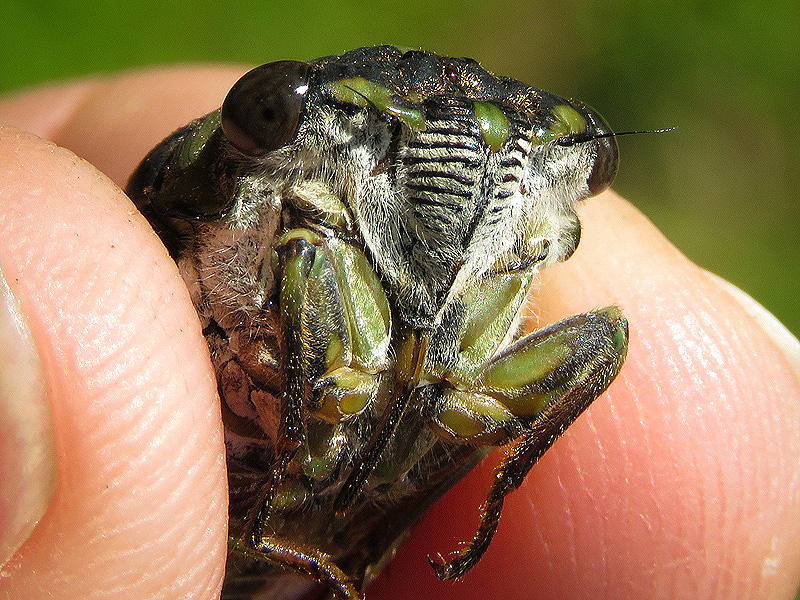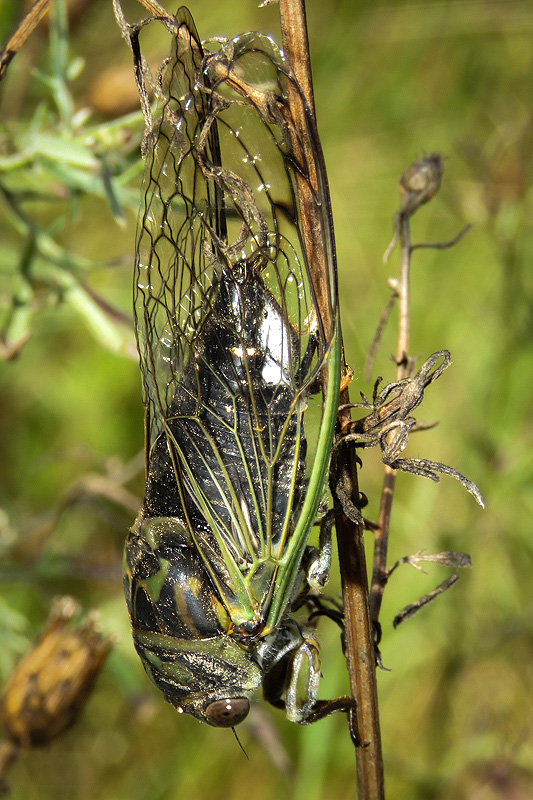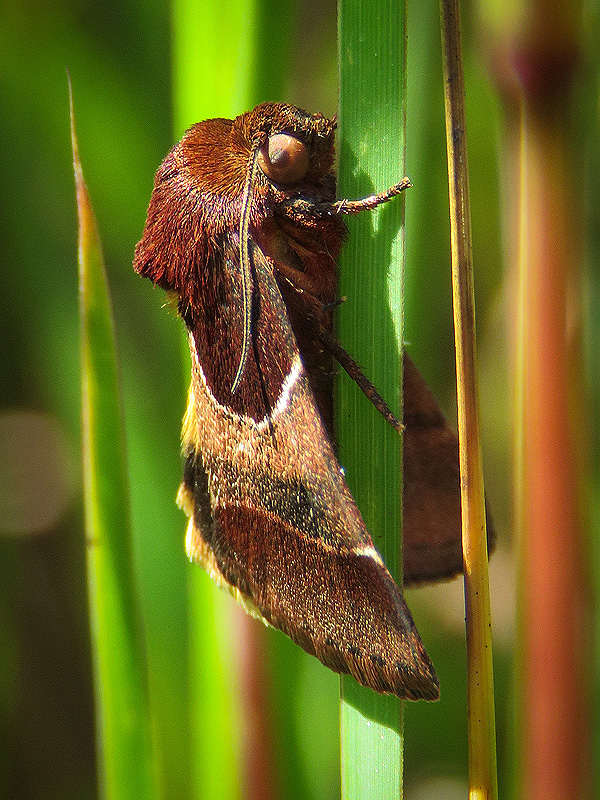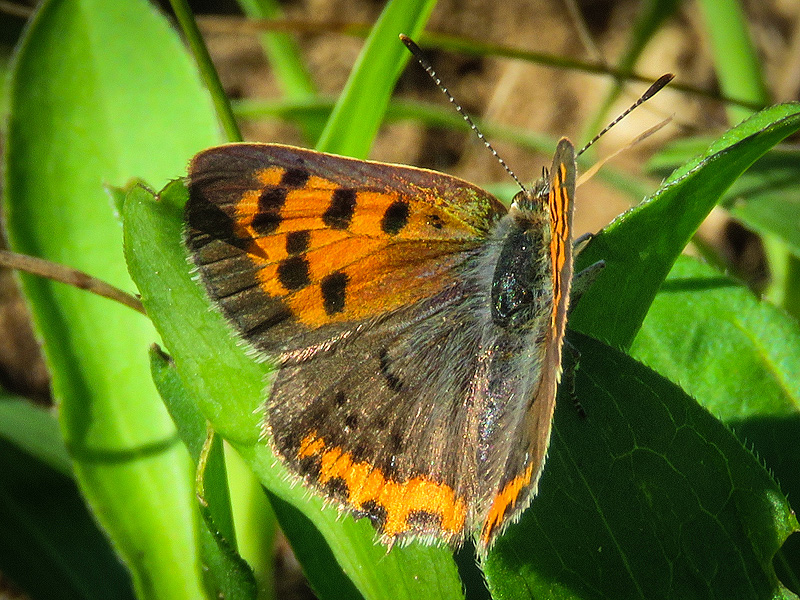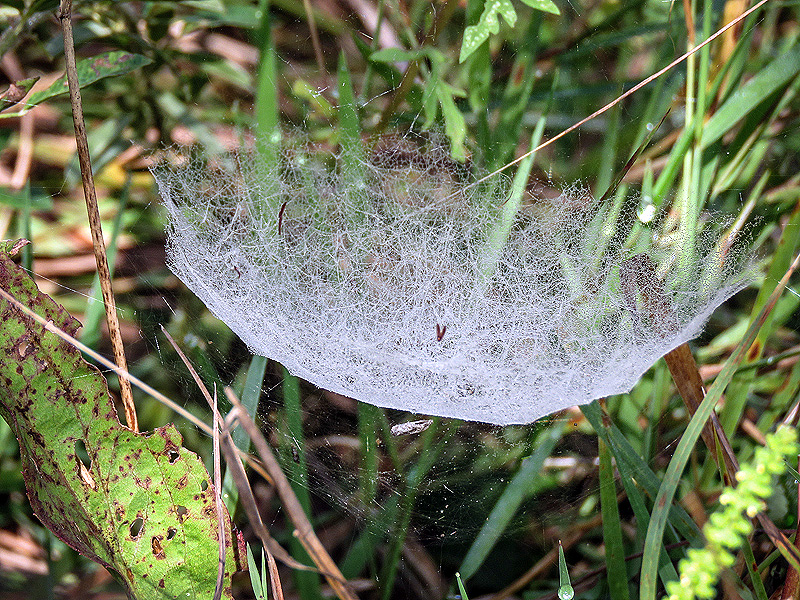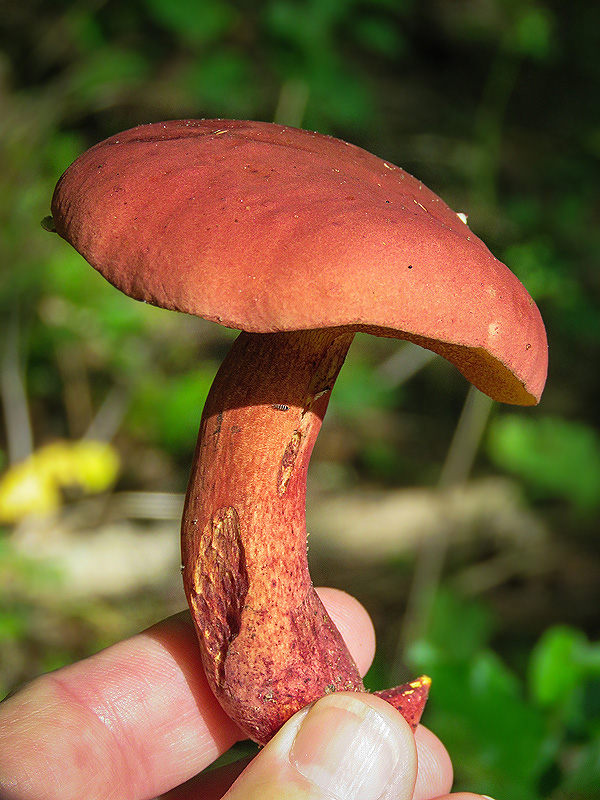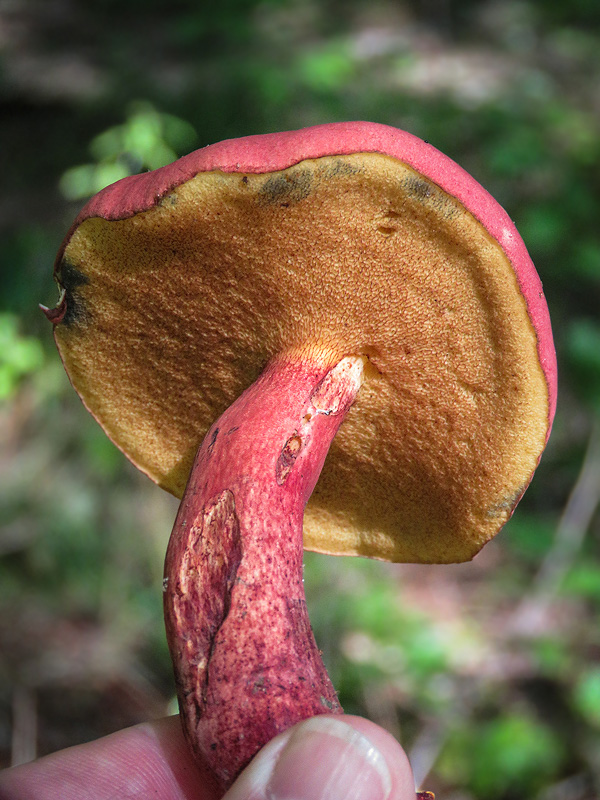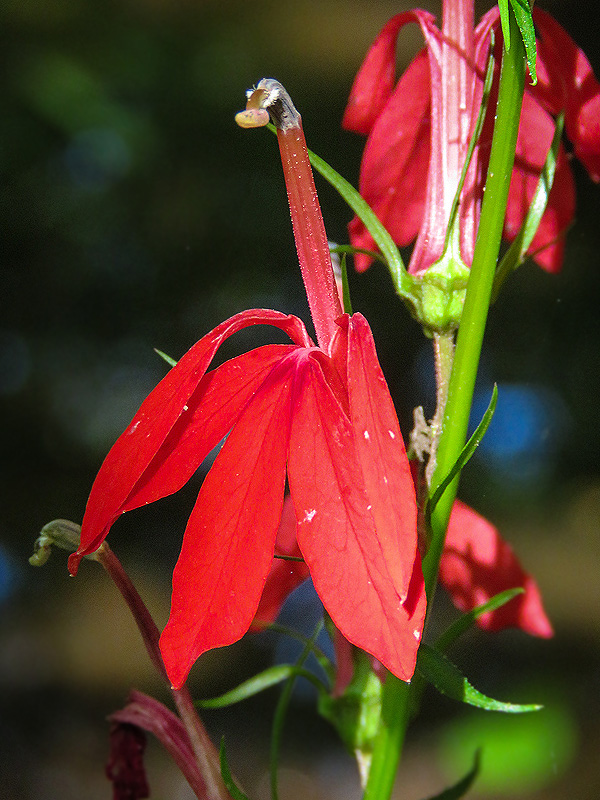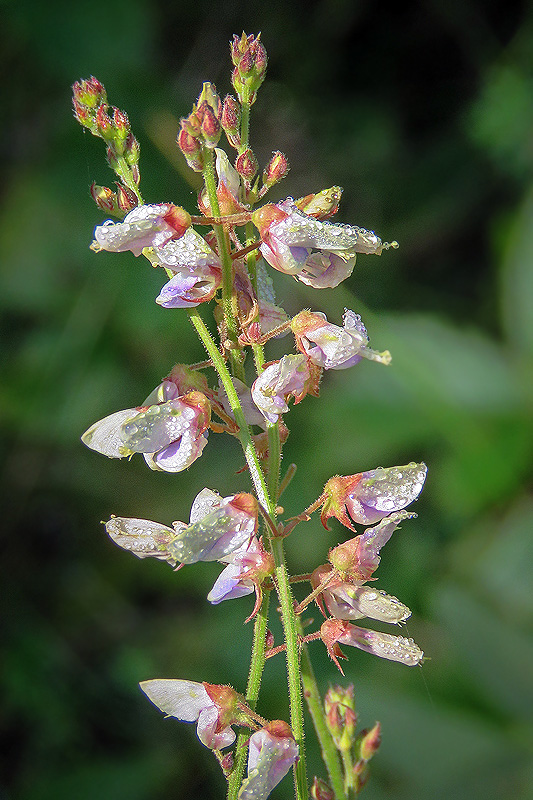Along the Air Line... 2018 - Summer, Part 11 The Air Line Trail in Eastern Connecticut - Stan Malcolm Photos |
HOME: Air Line... 2018 Pages Menu Stan's FlickR Albums |
August 16th. Bumble Bee spent the night on a Woodland Sunflower. |
Two Bumble Bees on this flower. |
Wood Duck (Aix sponsa) far across the marsh. Taken at 1365mm telephoto equivalent... |
...then cropped for this version. |
(I should have taked a version at 35mm or so, to really get a sense of how far away the bird was.) |
August 17th. Okay, here's the dead tree as seen from the trail without telephoto enhancement. I can just make out the bird on the branch again. |
Full telephoto and cropped. |
|
Spotted Joe-Pye-weed (Eupatorium maculatum) across the channel-side beaver pond closest to Old Colchester Road. |
Here it is up close. |
|
Showy Tick-Trefoil (Desmodium canadense). |
The flowers can be quite pretty up close, but the seeds that stick to clothing and skin are more than annoying. |
Flat-topped White Aster (Doellingeria umbellata), I think the first asters to begin flowering - long before Fall. |
On Goldenrod, A Jagged Ambush Bug (Phymata pennyslvanica) above the cast off nymphal skin of an Assasin Bug (probably Pselliopus cinctus). |
Goldenrod Bunch Galls, caused by a Fruit Fly (Family Tephritidae, Procecidochares atra). The galls will "leaf out" into globular bunches at the end of the stalk. (Note the Ambush Bug, top left.) |
The White-marked Tussock Moth (Orgyia leucostigma) caterpillar pictured on my Summer 2018, Part 9, page is much larger now. |
I'd say it's about 2" long now if you include the hair brushes at both ends. |
A large Puffball (Family Lycoperdaceae). Not sure it is full sized yet. |
I'll leave identification of this mushroom to the experts. |
August 21st. Eastern Phoebe (Sayornis phoebe). |
August 22nd. A dark cloud over the marsh as I took a mid-morning walk. Otherwise, the sky was a mix of clouds and sun. |
Mourning Dove (Zenaida macroura) unphased by the approaching rain. |
The channel unruffled, with Fragrant Water Lilies (Nymphaea odorata) and a Painted Turtle (Chrysemys picta). |
|
A little rain from that dark cloud... |
|
...and it soon passed. |
Concord Grapes (Vitus sp.) are not quite ripe. |
A Russula species. I was taught it as Russula emetica, and the specific epithet tells you all you need to know about its lack of edibility. However the Audubon mushroom guide states that R. sylvicola is a more common look-alike. In any case, don't be tempted to eat any pink Russula. |
After the marsh and some errands in Colchester, a short walk east on the Spur. Male Monarch (Danaus plexippus) on Chicory (Cichorium intybus). |
|
|
|
Cabbage White (Pieris rapae) on Purple Loosestrife (Lythrum salicaria). |
|
Hickory Tussock Moth (Lophocampa caryae) caterpillar on Ragweed (Ambrosia artemisiifolia). |
Bouncing Bet (Saponaria officinalis). |
Chicory (Cichorium intybus). |
August 24th. Northern Flicker (Colaptes auratus) and what I think must be a Tree Swallow (Tachycineta bicolor) though I can't explain the dark color and white patch above the wing. |
First of two Monarch (Danaus plexippus) caterpillars - on Milkweed of course. |
The other, larger Monarch caterpillar. |
Fuzzy gall of the Cynipid wasp Callirhytis furva on oak. |
August 26th. Great Ragweed (Ambrosia trifida) only grows in one place along the trail that I know of, and only a couple of plants there. |
Plants are about 5 feet tall, and "flowers" reduced to little more than pollen balls. |
Inchworm caterpillar of the Common Pug (Eupithecia miserulata) on Milkweed (Asclepias syriaca). |
A mid-morning walk near the Blackledge River bridge. |
|
Can you guess what this is? (Entomologists won't need a hint.) |
|
It's a female (trust me) Dog-day Cicada (Tibicen canicularis). It's long plant-sucking beak is pointed backwards under ther body. This is the "opisthognathus" orientation. (Insects having the mouthparts pointed roughly straight down are said to be "hypognathus", while those - mostly predatory - with mouthparts facing straight forward are "prognathus".) |
Finally, the whole insect. Note, only the males "sing". |
Ragweed Flower Moth (Schinia rivulosa). Be fruitful and multiply! |
American Copper (Lycaena phlaeas). |
Web of a Bowl and Doily Spider (Frontinella communis), about 4" across. I don't see the spider but that's not surprising as they're only a few millimeters long and typically rest just below the web. (In this photo, there is a silk-wrapped prey below thew web.) |
Best guess is a Two-colored Bolete (Boletus bicolor). |
|
Cardinal Flower (Lobelia cardinalis). Almost done blooming for the year. |
One of the Tick-Trefoils (Hylodesmum sp.) but not our usual invasive Showy Tick-Trefoil. |
